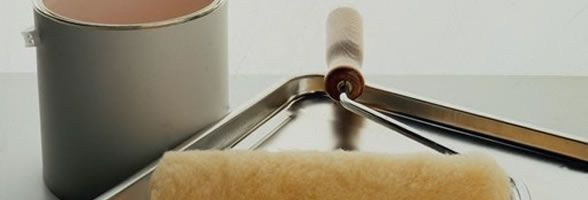How to Talk to Building and Pest Inspectors when buying a house?
Before a buyer in any property market sets out to engage the services of a building inspection service, they should have clearly identified parameters for the expense of repairs and maintenance.
If you have seriously assessed and set your limit on repair costs at $10,000 and discover through a professional building inspection it is more likely to be $30,000 then you need to consider pausing the process, is further negotiation an option or should you be pursuing another property.
If you are having trouble assessing exactly what a reasonable sum of money is to set aside for potential repairs and maintenance? You should seek the advice of a local building inspector.
Ask the local building inspectors what the typical defects are for homes in the area you are intending to buy? Ask if they can tell you, the most common maintenance required? Ask if you can have a ball park estimate of the average repair costs required of homes in the local area? Try to get tips or hints on what particular areas of the home should require close attention during your first inspection.
If you can get a local building experts picture of what defects or maintenance to expect then you will be better prepared to assess the results of an inspection typical for the location. If you can build rapport with a local building inspector you will also find, that when it comes time to get it professionally inspected, they will have a better understanding of your specific interests and may fit your job in with less delay.

